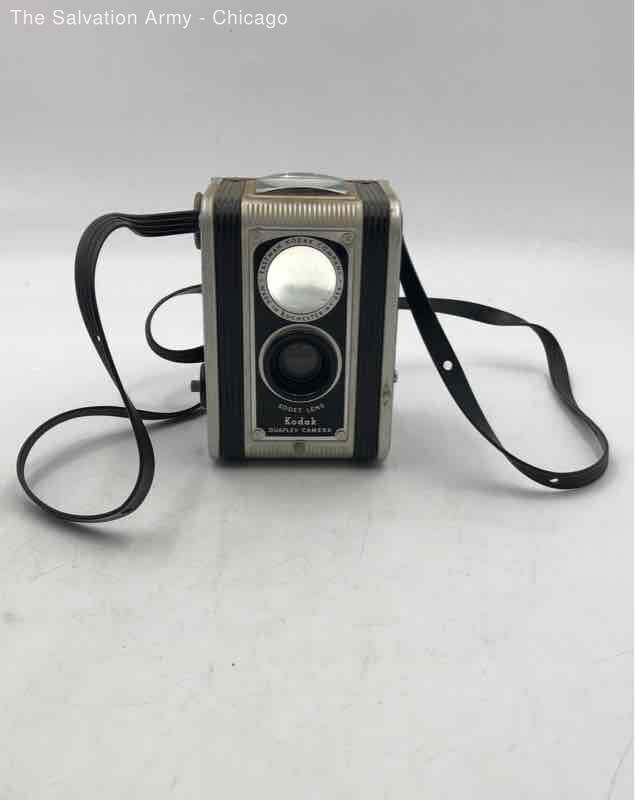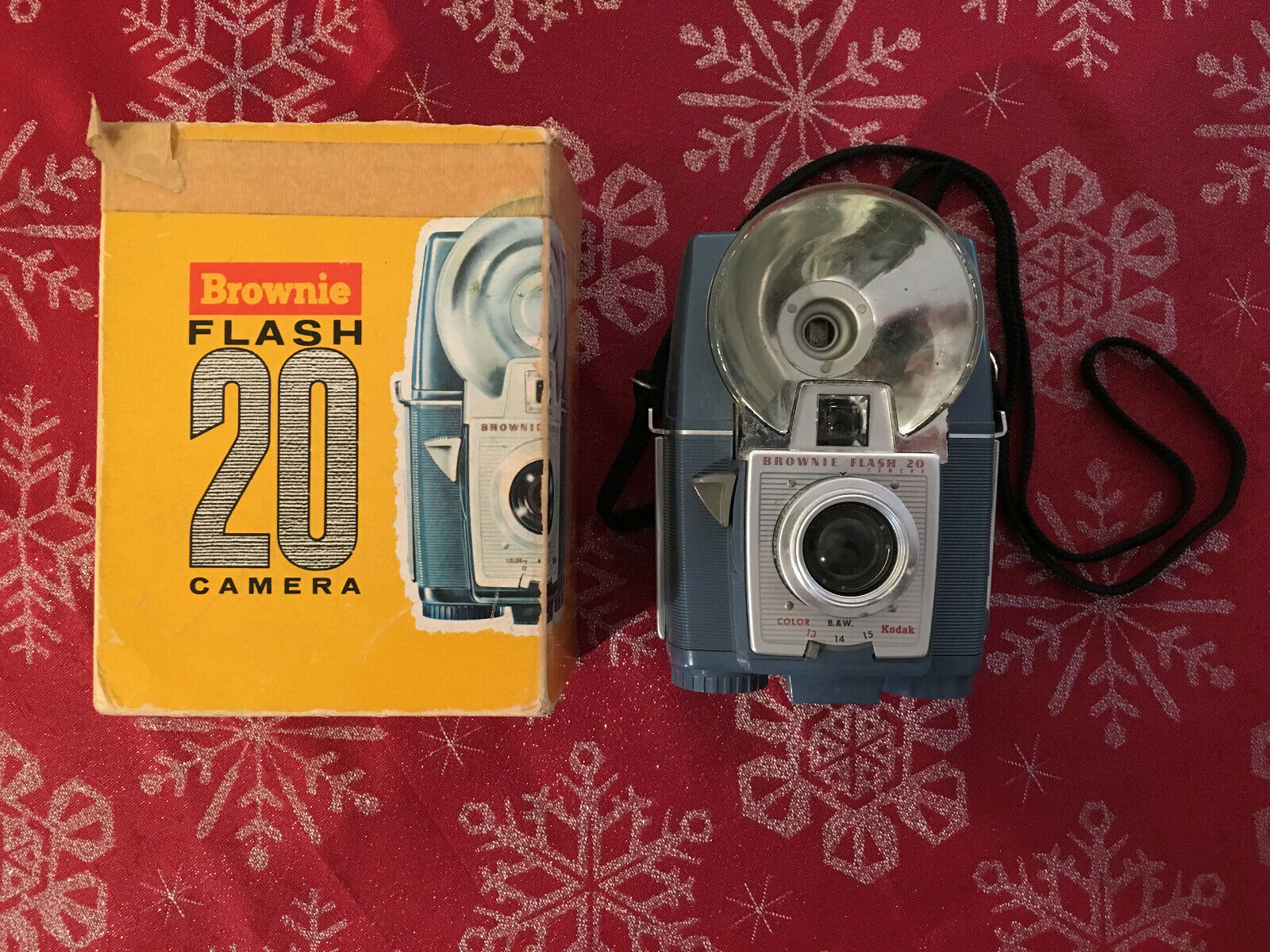-40%
Camera Olympus Trip 35 Used Japan No Test
$ 42.24
- Description
- Size Guide
Description
Camera Olympus Trip 35 Used Japan No Test.Looks good.
Lens ok
No test
Only owner
Collector’s item
Made in Japan
The Trip 35 was a point and shoot model with a 40 mm ƒ/2.8 lens, solar-powered selenium light meter, and just two shutter speeds. In 'A' mode, the camera operates as a Program automatic, choosing either 1/40 s or 1/200 s. The camera could also sync with flash, and has a range of aperture settings, from ƒ/2.8 to ƒ/22.
Apart from a simple four-position zone focus system, and an ISO setting from 25 to 400,[2] the camera has no other photographic controls. The camera has a Prontor-Compur sync connector and a hot shoe. Its lens was a coated Zuiko 40 mm ƒ/2.8, with four elements in three groups.
The camera has an ISO range of "only" 25–400, but this was acceptable then, as films faster than 400 were uncommon and not of high image quality. 25 speed allowed the use of Kodachrome, while 400 speed allowed use of Kodak Tri-X and similar fast materials under low light.
Earlier models, from the first few years of production, has a maximum ISO speed of 200.
The four-element Zuiko (probably Tessar-style) lens, still impressive today, give high-quality images. If used with modern film emulsions, the results can be very good.
The use of a selenium photocell to select the shutter speeds and aperture let novices use the camera as a "point & shoot", with good results obtained most of the time. And no batteries are needed to power the camera, an important consideration when travelling where batteries might not be available.
The lack of more than two shutter speeds is not a problem. At 1/200 s and ƒ/22 with 400-speed film, the camera could deliver correct exposure in full sunlight, while at 1/40 s and ƒ/2.8, correct exposure could be obtained under bright fluorescent light, without a flash.
The aperture could also be adjusted to cope with sunny/dull conditions etc., so again this allowed for better results, but in low light conditions, with perhaps a smallish aperture (for long depth of field), the camera would probably set itself to the lower speed of 1/40 s, so camera shake is a possibility if higher-speed film was not used.













